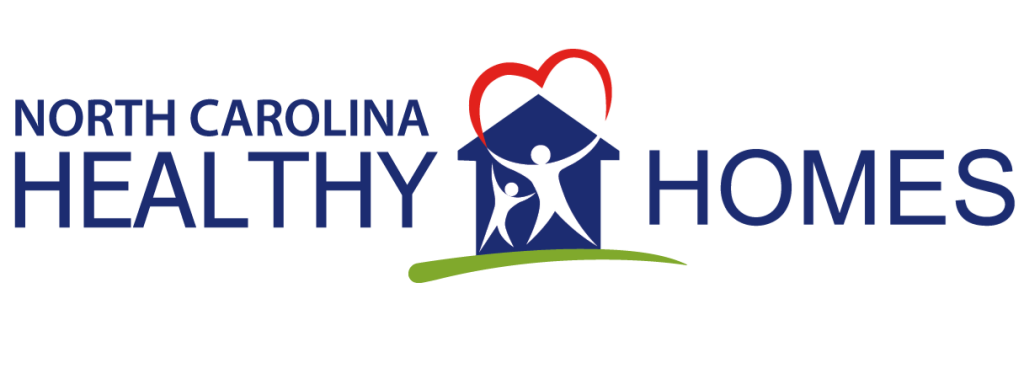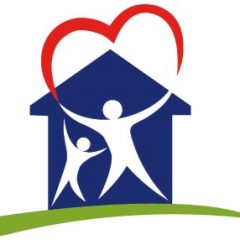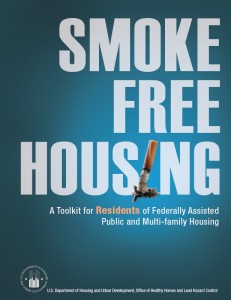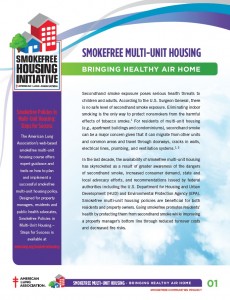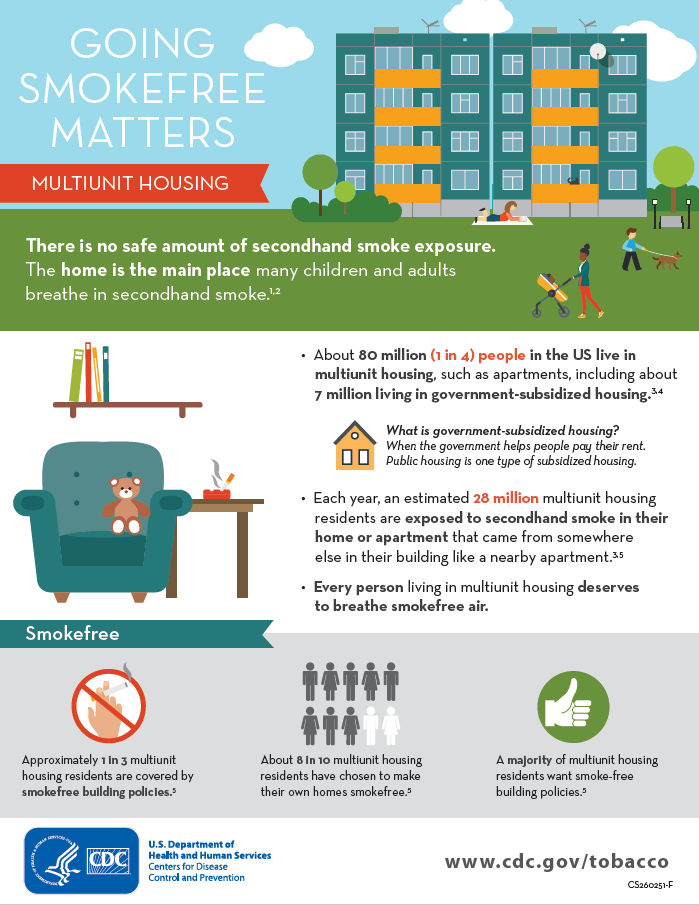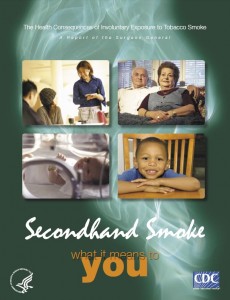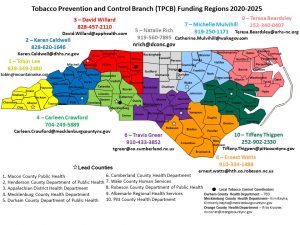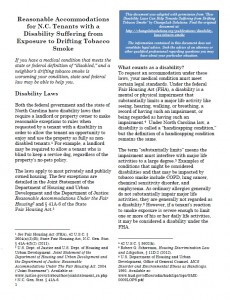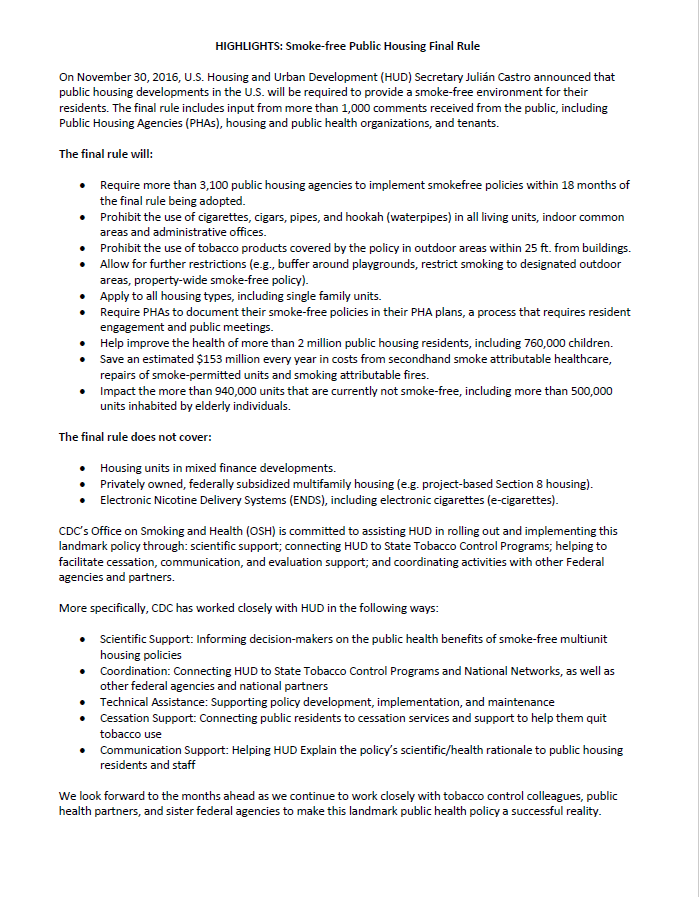Secondhand Smoke
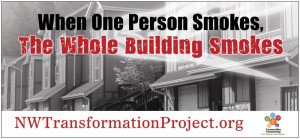
Secondhand smoke is smoke given off by a burning cigarette or smoke exhaled by a smoker. In apartment and condominium buildings, secondhand smoke can easily travel from smokers’ units to:
- common areas
- hallways
- non-smokers’ units
There is no safe level of exposure to secondhand smoke. The only way to fully protect non-smokers from secondhand smoke is to eliminate smoking in indoor spaces.
Health Effects
Secondhand smoke has many negative health effects. Children, pregnant women, and the elderly are especially vulnerable. Exposure to secondhand smoke can result in:
- asthma attacks
- birth defects
- heart disease
- lung cancer
- respiratory problems
- Sudden Infant Death Syndrome (SIDS)
Smoking is also the leading cause of home fire deaths in the United States. Fires caused by cigarettes and other smoking products can result in injury, death, and costly property damage and loss.
Links
- American Lung Association, Smokefree Policies in Multi-Unit Housing: Steps for Success web page
- E-Cigarettes and Teen Health, PEPH Podcast featuring Illona Jaspers, PhD
- MN Live Smoke Free Program, Residents and Smoke-Free Multi-unit Housing web page
- NC Tobacco Prevention and Control Branch, Secondhand Smoke web page
- NC Tobacco Prevention and Control Branch, E-Cigarettes web page
- Smoke-Free Multi-Unit Housing North Carolina web page
- Environmental Protection Agency (EPA), Smoke-free Homes web page
- QuitlineNC web page
